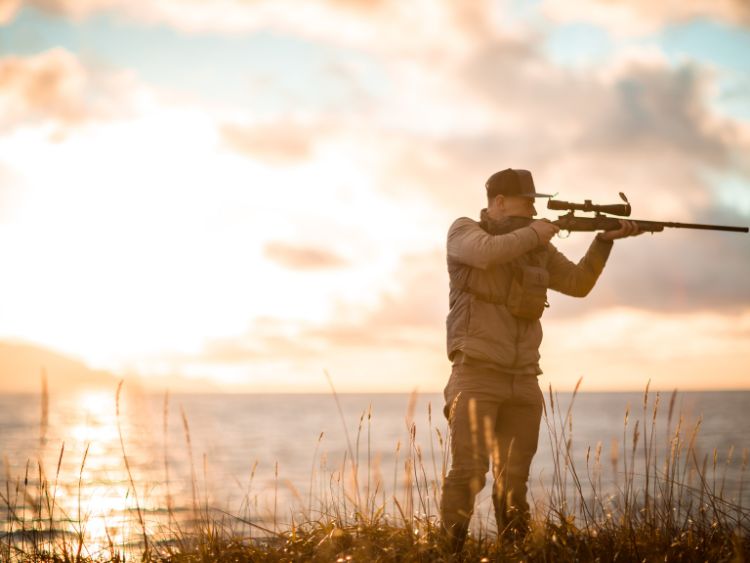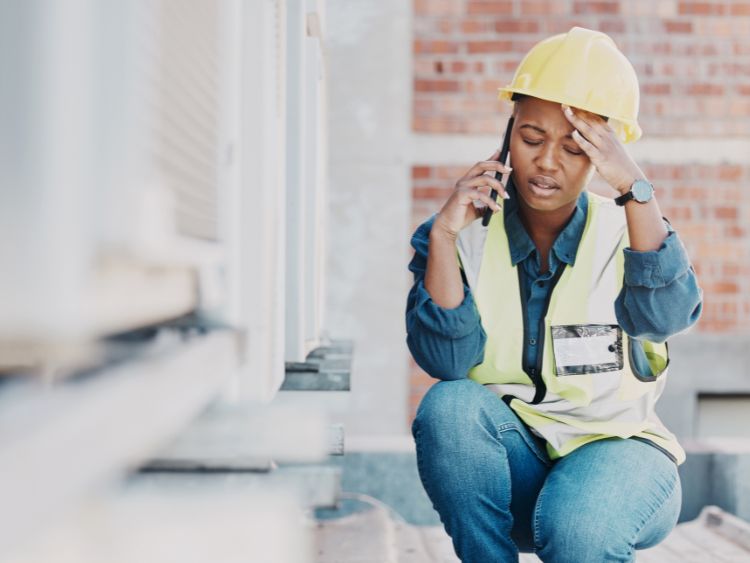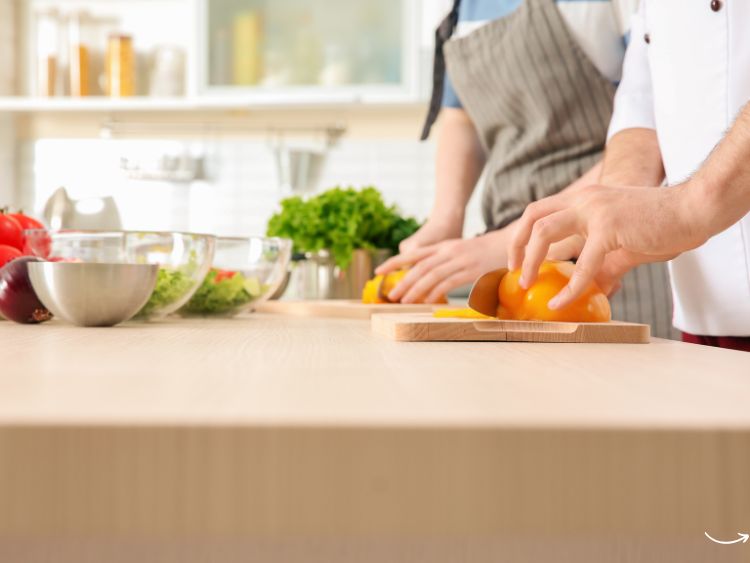Firearm customization and maintenance are critical aspects of gun ownership, offering enthusiasts the opportunity to enhance performance, accuracy, and personalization. However, these practices require a high degree of responsibility, knowledge, and adherence to safety protocols to ensure both the user’s safety and the firearm’s reliability. Here we will delve into expert tips for safe firearm customization and maintenance, aimed at helping both novice and experienced gun owners navigate these processes effectively.
Understanding the Basics of Firearm Customization
Customization can range from aesthetic modifications to functional upgrades designed to improve a firearm’s performance or ergonomics. Before embarking on any customization project, it’s essential to have a clear understanding of your firearm’s make, model, and mechanical operation. Research and consult with professionals to ensure any modifications will not compromise the firearm’s safety or legality. Remember, certain modifications may not be legal in all jurisdictions, so always verify local laws and regulations.
Start with Simple Upgrades
For beginners, starting with simple, non-invasive upgrades is advisable. This includes changing grips, installing aftermarket sights, or adding accessories like tactical flashlights or laser sights. These modifications typically do not require extensive gunsmithing skills and can significantly enhance the firearm’s usability and accuracy.
Professional Installation for Complex Modifications
When it comes to more complex modifications, such as altering the trigger mechanism, barrel replacement, or adjusting the firearm’s internal components, seeking professional assistance is paramount. Experienced gunsmiths have the necessary tools, skills, and knowledge to perform these modifications safely and correctly, ensuring that your firearm functions reliably and remains within legal parameters.
The Importance of Regular Maintenance
Regular maintenance is crucial for ensuring the longevity and reliability of your firearm. A well-maintained gun is safer to use, performs better, and is less likely to malfunction. The following tips outline the key aspects of effective firearm maintenance:
Cleaning Your Firearm
Regular cleaning is the cornerstone of firearm maintenance. Residue from gunpowder, environmental contaminants, and even fingerprints can corrode metal parts and affect performance. Disassemble your firearm according to the manufacturer’s instructions and clean all parts with appropriate solvents and tools. A best gun mat can provide a clean, organized surface for disassembly and maintenance, helping to keep parts contained and protected during the process. Pay special attention to the barrel, bolt, and chamber, as these areas are most susceptible to buildup.
Lubrication and Protection
After cleaning, lubricating your firearm is essential to protect it from rust and reduce wear on moving parts. Use lubricants designed specifically for firearms, applying them sparingly to areas of friction. Over-lubrication can attract dirt and debris, leading to malfunctions.
Regular Inspection
Periodically inspect your firearm for signs of wear, corrosion, or damage. Check the integrity of critical components such as the barrel, firing pin, and trigger assembly. If you notice any issues, consult with a professional gunsmith before using the firearm again.
Safe Storage Practices
Safe storage is an often-overlooked aspect of firearm maintenance. Storing your firearm properly protects it from environmental damage and reduces the risk of unauthorized access. Use a climate-controlled environment to prevent rust and corrosion. Gun safes or cabinets with locking mechanisms are recommended for securing firearms and ammunition separately, in compliance with safety regulations.
Training and Education
Educating yourself about your firearm, its operation, and maintenance is vital. Take advantage of training courses, workshops, and online resources offered by experienced professionals. These educational opportunities not only enhance your understanding of firearm customization and maintenance but also reinforce safe handling practices.
The Role of Personal Responsibility
The ultimate responsibility for safe firearm customization and maintenance lies with the owner. It’s crucial to approach these activities with respect for the potential risks involved. Always prioritize safety over aesthetics or performance enhancements. Responsible gun ownership includes a commitment to ongoing learning, adherence to legal requirements, and the cultivation of a safety-first mindset.
Conclusion:
Firearm customization and maintenance are rewarding aspects of gun ownership that can significantly enhance the enjoyment and performance of your firearm. By following these expert tips, you can ensure that your modifications and maintenance routines are conducted safely and effectively. Remember, the key to responsible firearm ownership is a continuous commitment to education, safety, and legal compliance. Whether you’re a seasoned enthusiast or new to the world of firearms, prioritizing these principles will help you enjoy your firearm safely and responsibly for years to come.




